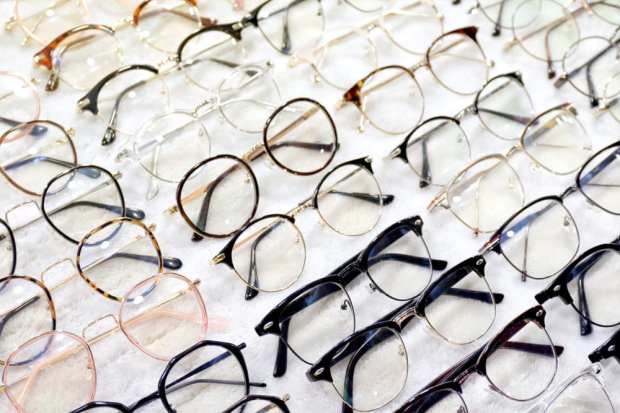The Warby Parker Of Australia On Sustainable Eyewear’s Future

The global market for glasses is a big industry that is still growing. As of 2015, the total worldwide eyewear industry (encompassing both prescription glasses worn for vision and “fashion” eyewear like sunglasses) was worth roughly $90 billion, and forecasted to reach as much as $140 billion by the end of next year. Most of that market, roughly 70 percent, is dominated by a single player: EssilorLuxottica, the brand behind Oakley, Ray-Ban and literally every designer pair of glasses or sunglasses available today.
But in recent years, the France-based B2B glasses behemoth has seen its near-total control of the eyewear market challenged by a host of DTC glasses makers offering high-quality frames and lenses for a fraction of what consumers have grown accustomed to paying. The best-known of those brands is Warby Parker, which was founded in 2010 and has been profitable for the last year.
And while a host of similarly designed eyewear startups have sprung up in Warby’s successful wake, Sydney Australia-headquartered Dresden Vision, which was founded in 2015, has gradually built up a large enough following that they’ve started to be called “the Warby Parker of Australia,” unironically.
In his home country of Australia, the brand’s Founder Bruce Jeffreys was both a successful entrepreneur and a longtime glasses wearer who often felt ripped off when purchasing yet another pair of extremely expensive glasses, only to have his young children break them in short order. He spent a lot of time looking at busted glasses and asking himself the same question, “Why is this product so badly made?”
To solve the problem, Dresden took a rather different approach than many other makers in the business. Instead of designing their own full line of designer-esque glasses, they decided to radically simplify the process by offering only one modular design that comes in one of four sizes. To enable more personalization, the buyer can choose from an entire rainbow of shades – and because the parts are interchangeable, customers can make it look like they are wearing a slightly different pair of glasses every day.
And they are inexpensive: The base price for a standard set is A$50 (or about $35 USD), though Jeffreys did note the price can go up as lenses get more specialized.
“It’s quick to get, quick to replace – it means you can get on with your life,” said Jeffreys. “The current industry puts you through a very long sales process, which is all about upselling you all the way. We’re focused on what you need.”
And focused on delivering it in a sustainable way. Among Dresden’s more unique selling points is that frames, arms and pins are produced in a closed-loop production process that uses as many recycled materials as possible, both from their own discarded materials and whatever they can find in the outside world that is suitable for making glasses.
The idea sounds intuitive on paper, Jeffreys noted, but actually building a manufacturing process around zero-waste is not quite a science at this point – mainly because after four years, knowing what will and won’t work in their production process is an ongoing educational effort. Among the things that have worked so far? Beer keg caps, old fishing nets found on beaches and milk bottle tops.
When asked about his job by a local blogger, Dresden’s head of R&D reportedly described it this way: “I go around picking up plastic and melting it to see what works and what doesn’t.”
And, as it turns out, most things don’t work. Jeffreys confirmed that for every 10 things they try, nine of them fail and only one enters the production process.
But Rome wasn’t built in a day. Jeffreys said Dresden is looking to grow, but not necessarily at “Silicon Valley-normal” speed. Today, Dresden is well-established on its home turf in Australia and New Zealand, with one international outpost in Canada. But more growth is planned, even if the exact schedule has not snapped into focus just yet.
“It’s a really long road – starting up a new business is like running a marathon,” Jeffreys noted. “Sprinting at the start is a good way to wear out before the end of the race. It’s about a steady pace for a lot of kilometers.”
